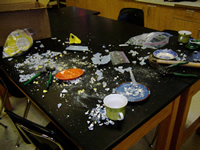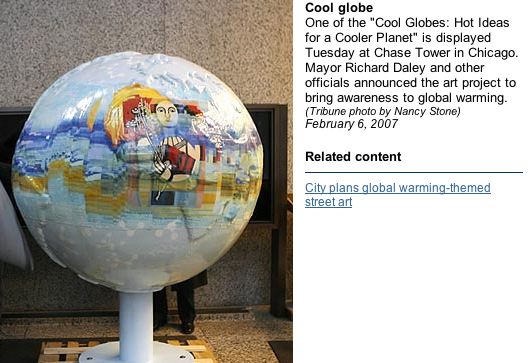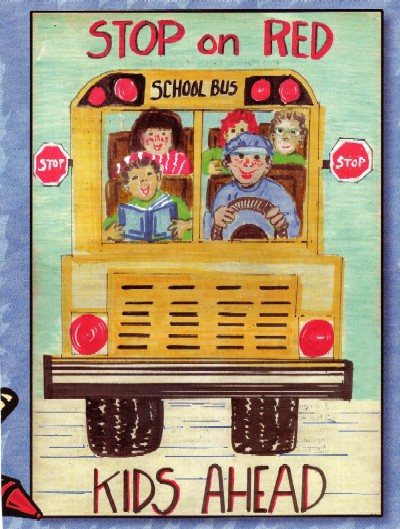A friend found me a very helpful blog post entitled Mac Options For Capturing A Video of Your Screen. "Brian" reviews a few options for screen capture, and I decided to give them a try myself, plus check out another program Screenography. All of these programs have free demos. They also all have similar customizable screen capture sizing and hot buttons.
Here is what I found:
App #1: Screen Mimic 2.2.1
Price: $64.95
Demo: 30 second movies only with a watermark on video recording
This was my favorite and by far the easiest to use, however, it is also fairly expensive. Screen Mimic allows you to save your project as Adobe Flash (SWF), Flash Video (FLV), or Quicktime (MOV) files. The encoding seems fairly quick and the quality of the video is excellent. I also like the idea, as "Brian" blogged, that you get a second chance to encode a selection if you change you mind.
Brian's issue with this program (in 2006) was the lack of audio recording. I can only imagine that the $24.95 version he reviewed lacked the audio options this more expensive version now has.
App #2: iShowU
Price: $20
Demo: Large green text on video recording
Somewhat more complex to use, but still fairly easy. There are a variety of presets, but at my level of experience, this is not a great help to me. I do like that you have the option to slow the capture rate when your mouse is not moving, which helps keep the file size down. The encoding is immediate, although you do not have a Flash option.
For $42, you can bundle iShowU with Stomp, a program which allows you to compress, crop and apply affects to your videos.
App #3: Screenography 1.013
Price: $39.95 / $9.95 (for the lite version - stills only)
Demo: Giant yellow watermark on final capture
Another easy to use program, with the option of exporting as a QuickTime (mov) or Flash Animation (swf).
App #4: Snapz Pro X 2.1.2
Price: $29 (still capture) / $69 (movie capture)
Demo: 30 days unlimited, with annoying pop-ups (I haven't confirmed this)
This one is easy to use, and has cute little sound effects like "Action", "Cut", and "That's a Wrap." But I am not convinced it is worth the significant price difference.
Brian's final opinion:
After trying them all, I think I’ll stick with iShowU. The developer offers a good product at a good price. Also, he is quick to offer support. The second option would be Screen Mimic, especially if you are intending to work with flash videos.
My final opinion:
It's a tough choice between iShowU ($20) and Screenography ($40). However, I want the Flash option. I am perhaps biased towards iShowU due to its partnership with Stomp (though, admittedly, iMovie 08 has some similar features to Stomp, but I am a little salty about that release). I think I will stick with Screenography.
Update 1.3.07: Unfortunately I found the demos don't really reflect the actual usage of the programs, so here's my opinion after using the full versions. Granted, my experience is shaped my my personal machine and internet speed, but here are my reflections.
I started with Screenography, and was happy with my short (less than 30 seconds) clips and very happy with their being published to a .swf file. However, as I used it for longer projects, I found the rendering time to be long. After 3 minutes of recording, when I hit the hot key combination, it seemed to take up to 30 seconds to register, and then a number of minutes after that to render the movie enough to give me a "save" screen. This did not include the additional time to save the file. It was an exercise in patience. Also, the program would frequently "unexpectedly shut down."
For the $20, I decided to purchase iShowU. This one hasn't crashed on me, even up to a 4.5 minute presentation, but as far as I can tell, my only output option is Quicktime. I love the very fast rendering time, but miss the versatility of the Flash output.
So now I find myself longingly reading again about Screen Mimic. Even though I originally deemed it too expensive, I am finding myself with $60 spent on programs that did not best fit my needs. I'll keep you posted on how Screen Mimic works out for me.
















